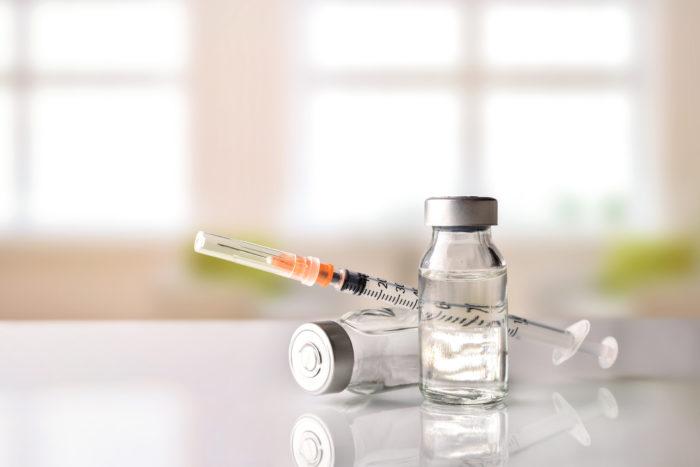Nearly 10 years ago, Congress created a pathway for lower-cost versions of breakthrough biologic drugs. Today, patients with diseases such as cancer, rheumatoid arthritis and Crohn’s disease have a growing array of treatment options at their disposal.
So why are some pundits demanding reform?

The answer, in part, may be impatience. At a recent meeting of the Biologics Prescribers Collaborative, regulatory expert Steven Grossman referred to “unrealistic expectations” as the source of complaints about the biosimilars market. “Developing an approval pathway is an enormous challenge,” Grossman emphasized, adding, “The developmental science of biologics is complex, and the FDA took the time it needed to get it right.”
The FDA’s years-long process included holding public comment periods on key issues like how biosimilars would be named, what details their prescribing information would include and what would constitute an “interchangeable” biosimilar. The resulting guidance has shaped a regulatory framework that keeps patients safe and physicians informed.
But for those who complain that uptake lags, that too few patients are taking biosimilars, another factor may be to blame. As it turns out, health plans’ utilization management could be standing between patients and biosimilar treatment options.
A physician at the Biologics Prescribers Collaborative meeting described his patients with rheumatoid arthritis having to “fail first” on a biologic innovator drug before getting insurance coverage for the lower-cost biosimilar. “I couldn’t believe it,” recalled Gregory Schimizzi, MD, a practicing rheumatologist and co-convener of the Biologics Prescribers Collaborative.
For years, insurers have used prior authorization, step therapy and cost shifting to limit patients’ access to innovative and often life-changing biologics. Yet now, as a steadily growing number of biosimilars present other options for patients, insurers may be applying the same old tactics. Insurers have argued that biologics’ price made utilization management a necessity. What is their rationale now for biosimilars?
Making biosimilars work has taken years of ardent advocacy and careful policymaking. Perhaps the final step toward uptake is a simple one: making sure patients can get the biosimilar their doctor prescribes.

